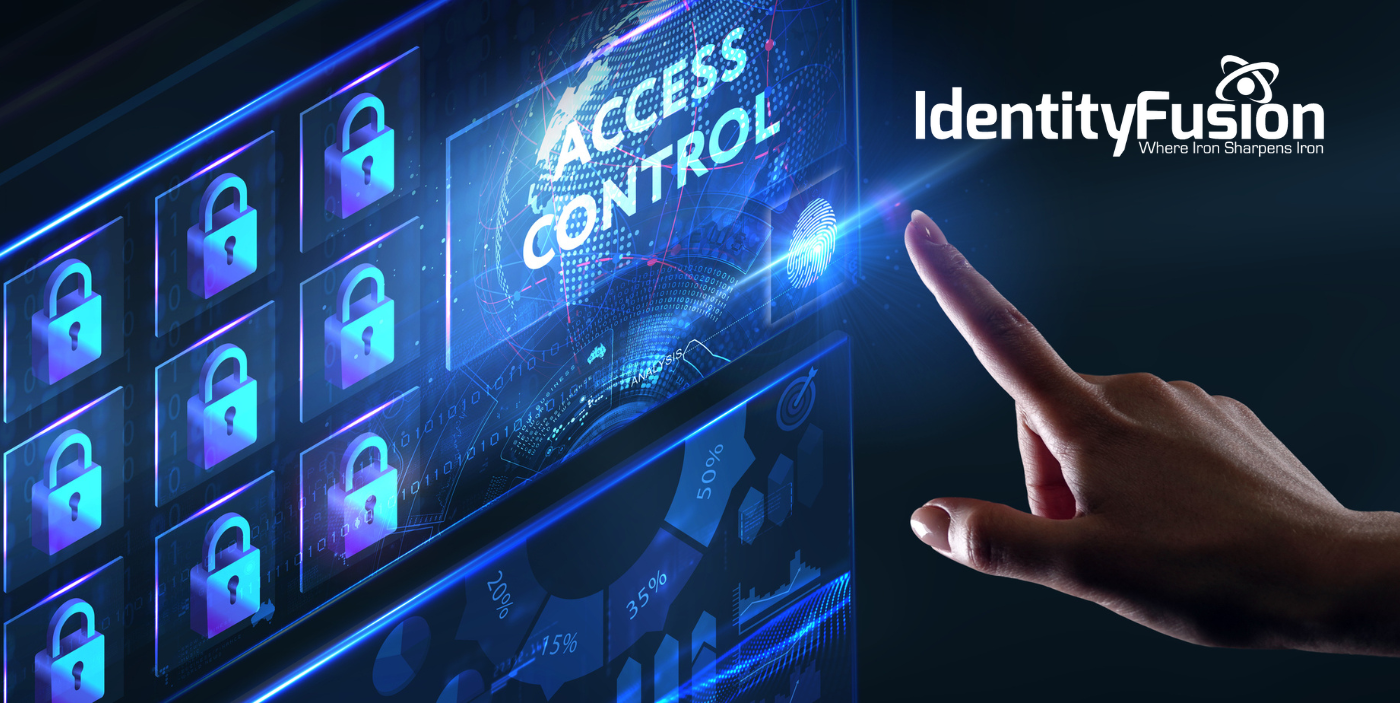The connected digital world presents many challenges to safeguarding your most valuable asset, your data. Whether it is company assets, patient data, or identity data. As the cyber threats continue to grow in frequency and complexity it's essential for both individuals and organizations to bolster their security measures. One crucial strategy to employ is the vigilant monitoring of Data Access and Flow within your healthcare organization. Let’s look at this overview of the best practices for effectively monitoring Data Access and Flow, emphasizing the critical role of Identity and Access Management (IAM) in securing your digital assets. Meeting the requirements for compliance and passing audits.
Understanding Data Flow Monitoring
Data Access and Flow monitoring entails actively observing and analyzing the movement of data across various systems, networks, and applications within an organization. This process is vital for promptly detecting and responding to anomalies, unauthorized access attempts, or data leakage incidents. By providing visibility into how information is accessed, transmitted, and stored, Data Access and Flow monitoring helps identify potential vulnerabilities and mitigate risks effectively.
The Role of IAM in Data Flow Monitoring
IAM is a cornerstone of Data Access and Flow monitoring, focusing on managing and controlling user and non-human entities access to essential resources and sensitive data within an organization. Implementing IAM best practices ensures that only authorized individuals have the appropriate level of access to your digital assets. Here are some best practices for leveraging IAM in monitoring Data Access and Flow:
- Implement Strong Authentication Mechanisms: Enforce the use of strong, multi-factor authentication methods for all users accessing your systems and applications. This significantly reduces the risk of unauthorized access and enhances the security of your digital assets.
- Use Role-Based Access Control (RBAC): Assign permissions based on job roles and responsibilities through role-based access controls. This ensures users have the necessary access rights to perform their tasks while preventing excessive privileges that could lead to data breaches or misuse of information.
- Regularly Review and Update User Permissions: Conduct regular reviews of user permissions and access privileges to ensure alignment with current job roles and responsibilities. Update or remove permissions for users who no longer require access to specific resources, minimizing the risk of unauthorized data access.
- Implement the Principle of Least Privilege: Grant users only the minimum level of access necessary to perform their tasks, adhering to the principle of least privilege. This practice limits the potential damage caused by compromised user accounts and reduces the attack surface for potential breaches.
- Monitor User Activity and Behavior: Utilize IAM tools to monitor user activity and behavior within your systems. Implement real-time monitoring and alerts for suspicious activities, such as multiple failed login attempts or access from unusual locations. This allows for swift detection and response to potential threats.
- Establish Access Request and Approval Processes: Implement a formalized access request and approval process to ensure that granting or modifying user access rights follows a controlled and auditable procedure. This helps prevent unauthorized access and ensures accountability in access management.
- Encrypt and Protect Data in Transit and at Rest: Use robust encryption methods to protect sensitive data during transmission and when stored in databases or file systems. Encryption provides an additional layer of security, making it more challenging for hackers to access your digital assets.
Final Thoughts
Monitoring data access and flow within your organization is critical for preventing unauthorized access and protecting your digital assets. By implementing IAM best practices, such as strong authentication, role-based access control, regular permission reviews, and user activity monitoring, you can enhance the security of your data, mitigate the risk of potential threats and ultimately improve patient outcomes.
Data Access and Flow monitoring is an ongoing program that requires continuous evaluation and adaptation to address evolving security challenges. By staying vigilant and implementing robust IAM practices, you can effectively safeguard your digital assets, ensuring the confidentiality, integrity, and availability of your data.
Identity Fusion partners with leading healthcare providers across the United States, offering invaluable expertise in steering them through the complexities and subtleties of establishing a resilient IAM framework. This empowers them to fortify their security posture and enhance operational efficiency. Reach out to us today to elevate your organization's performance.

